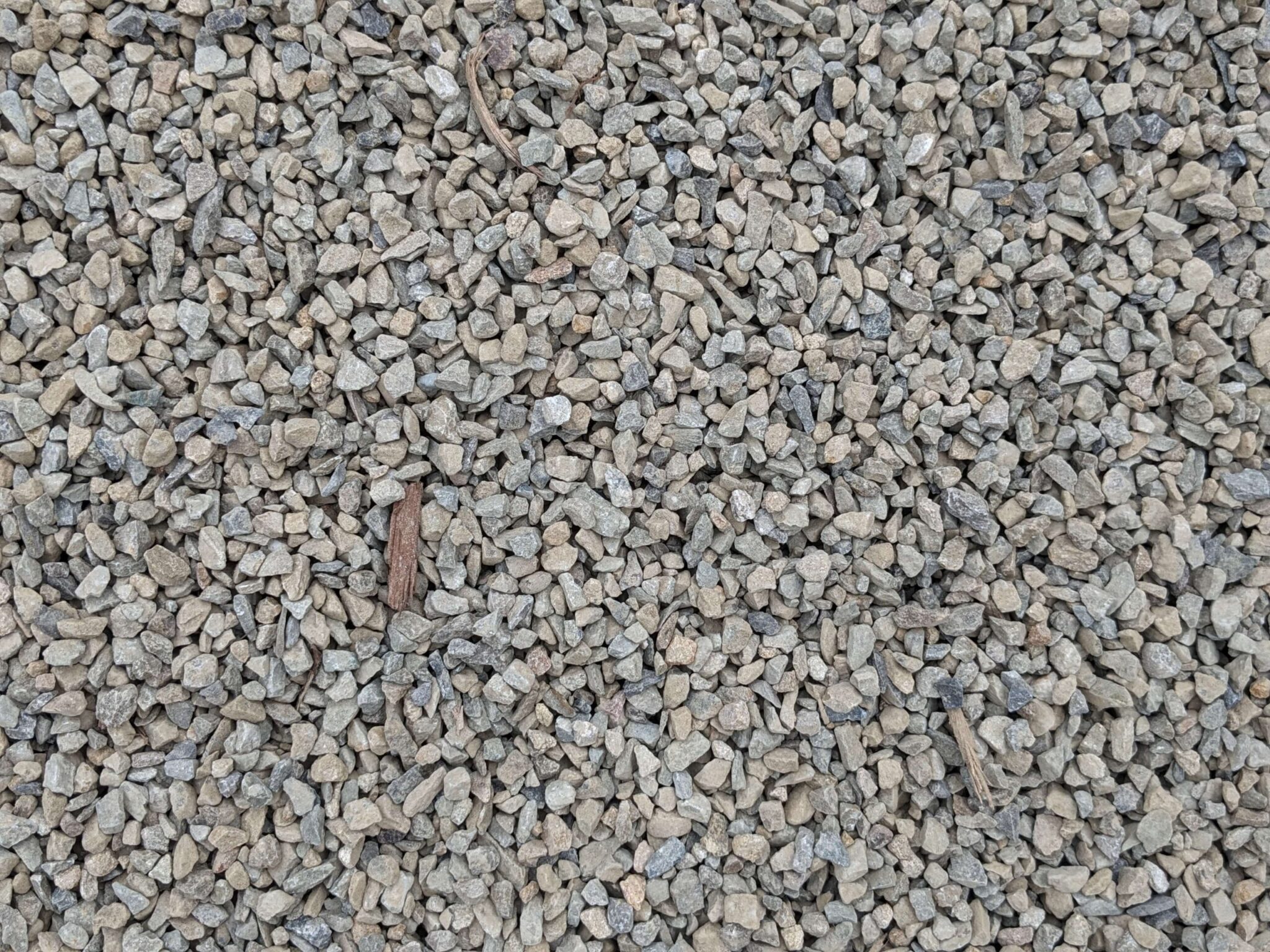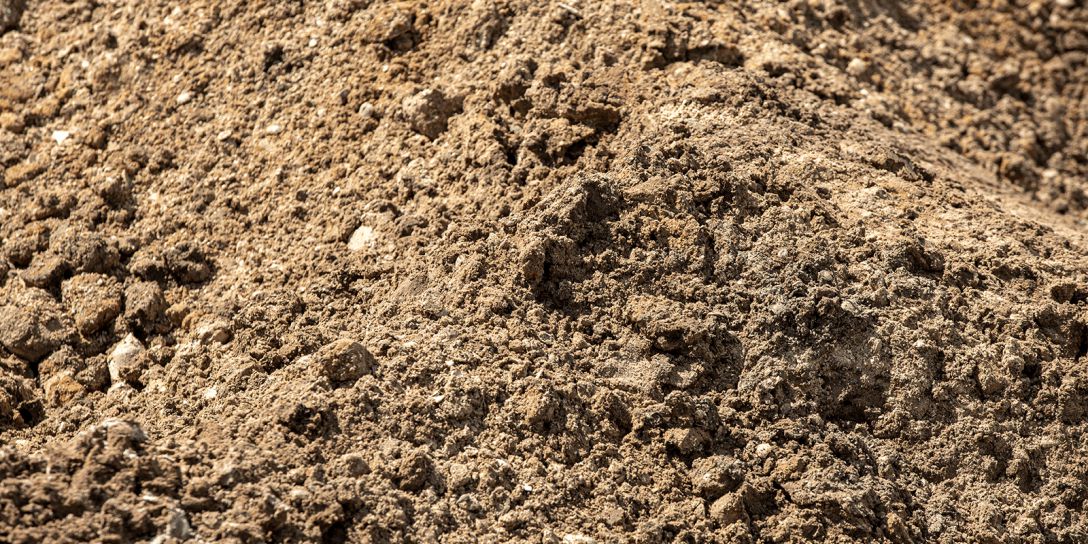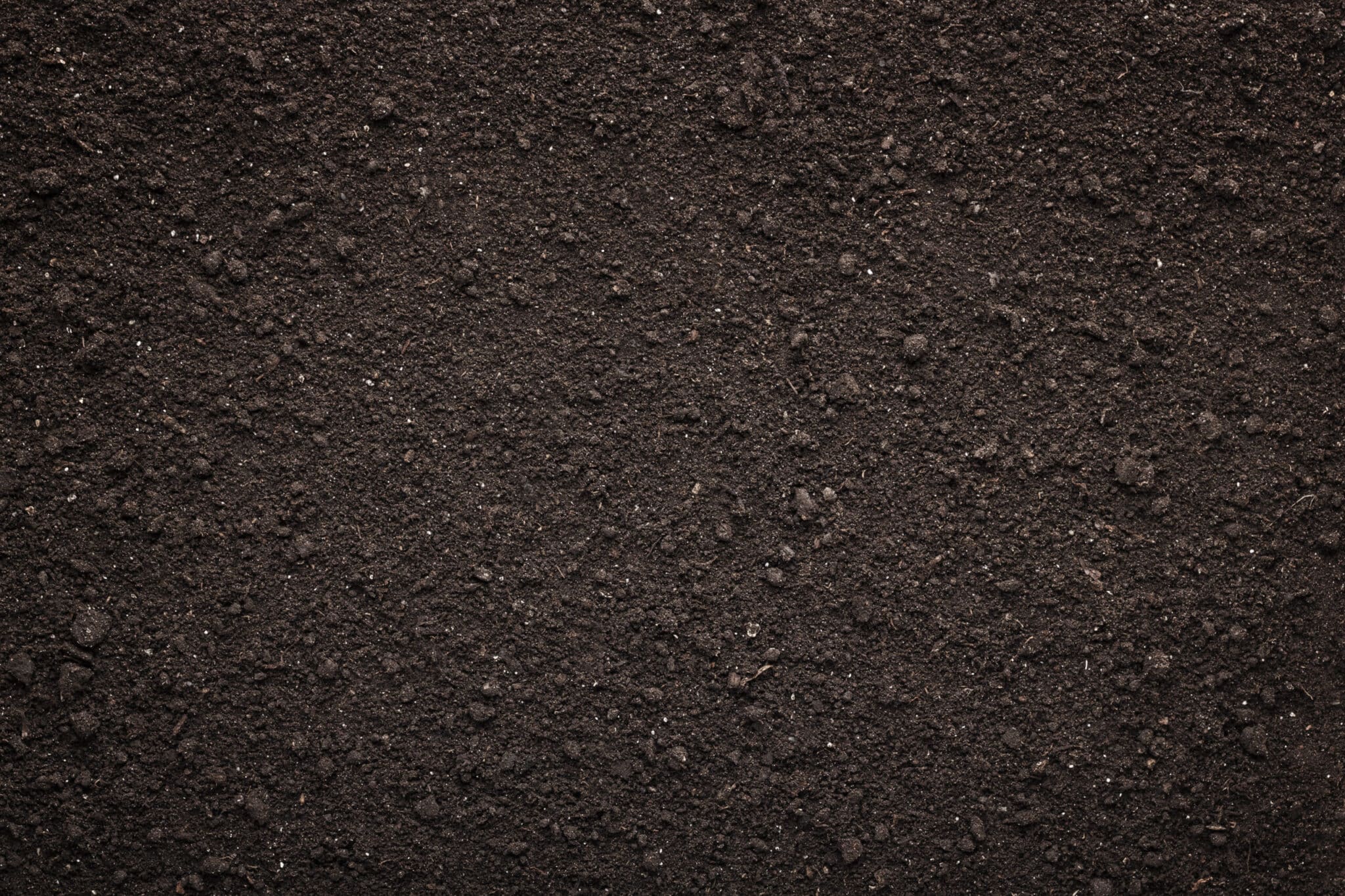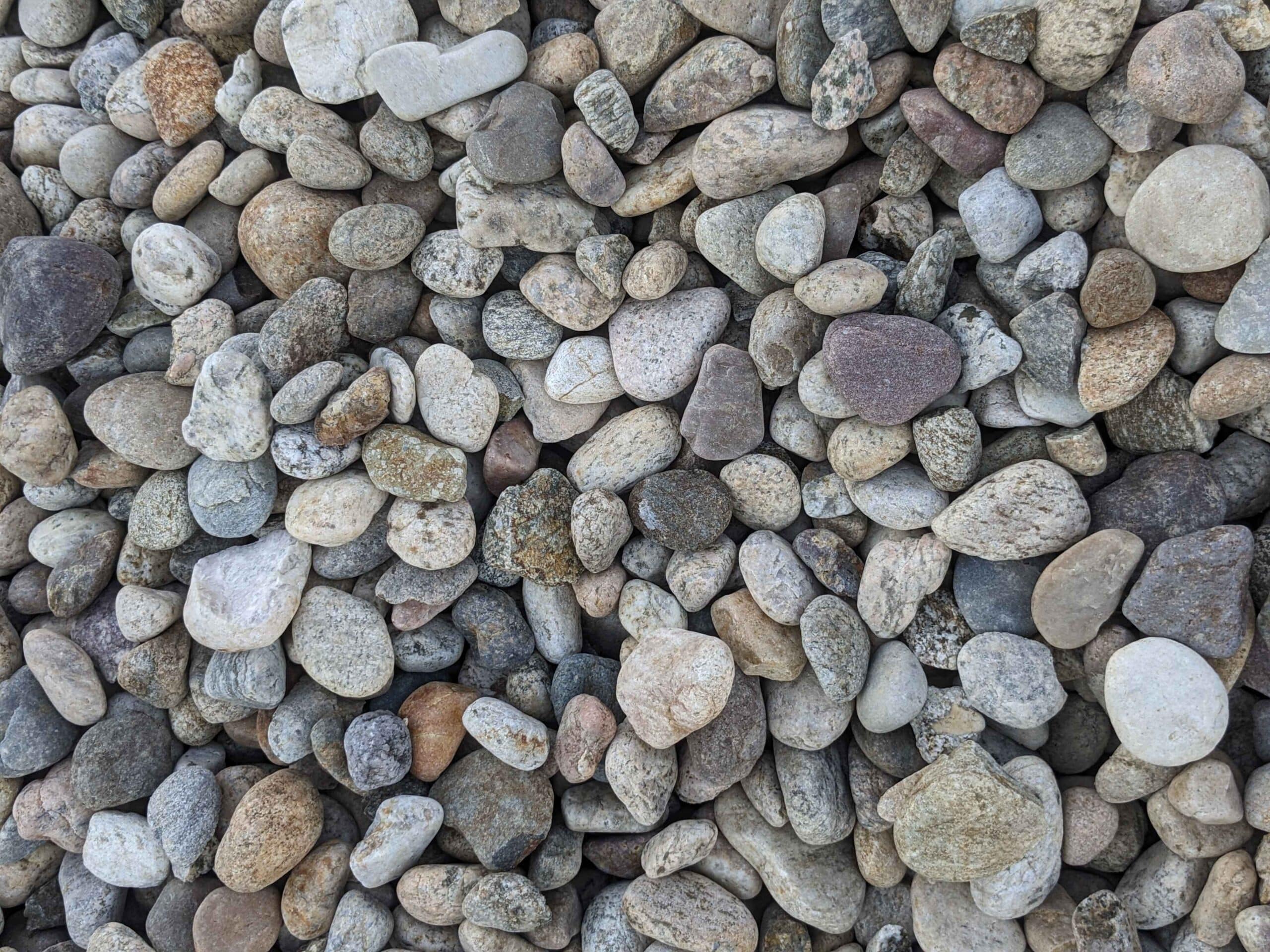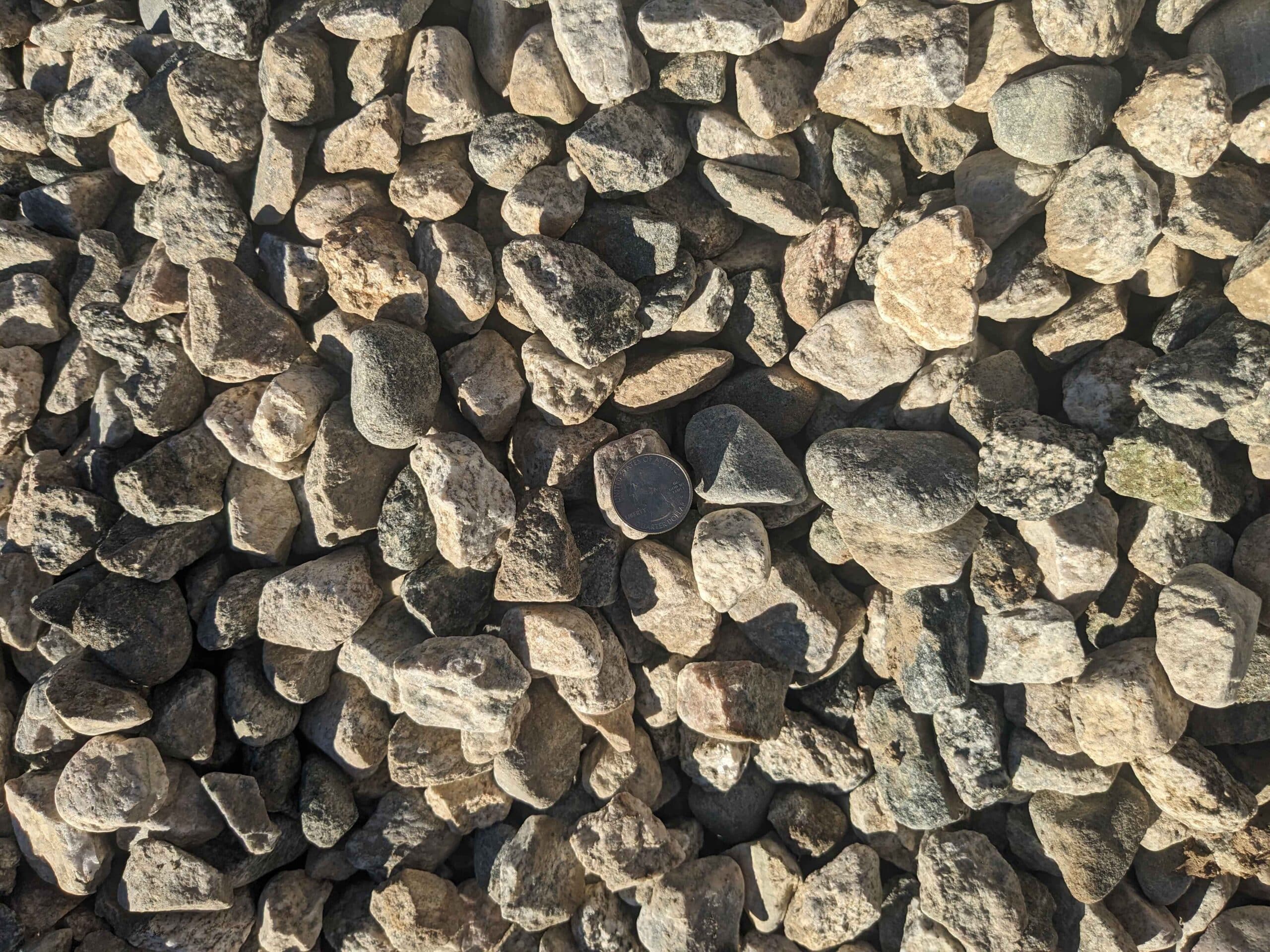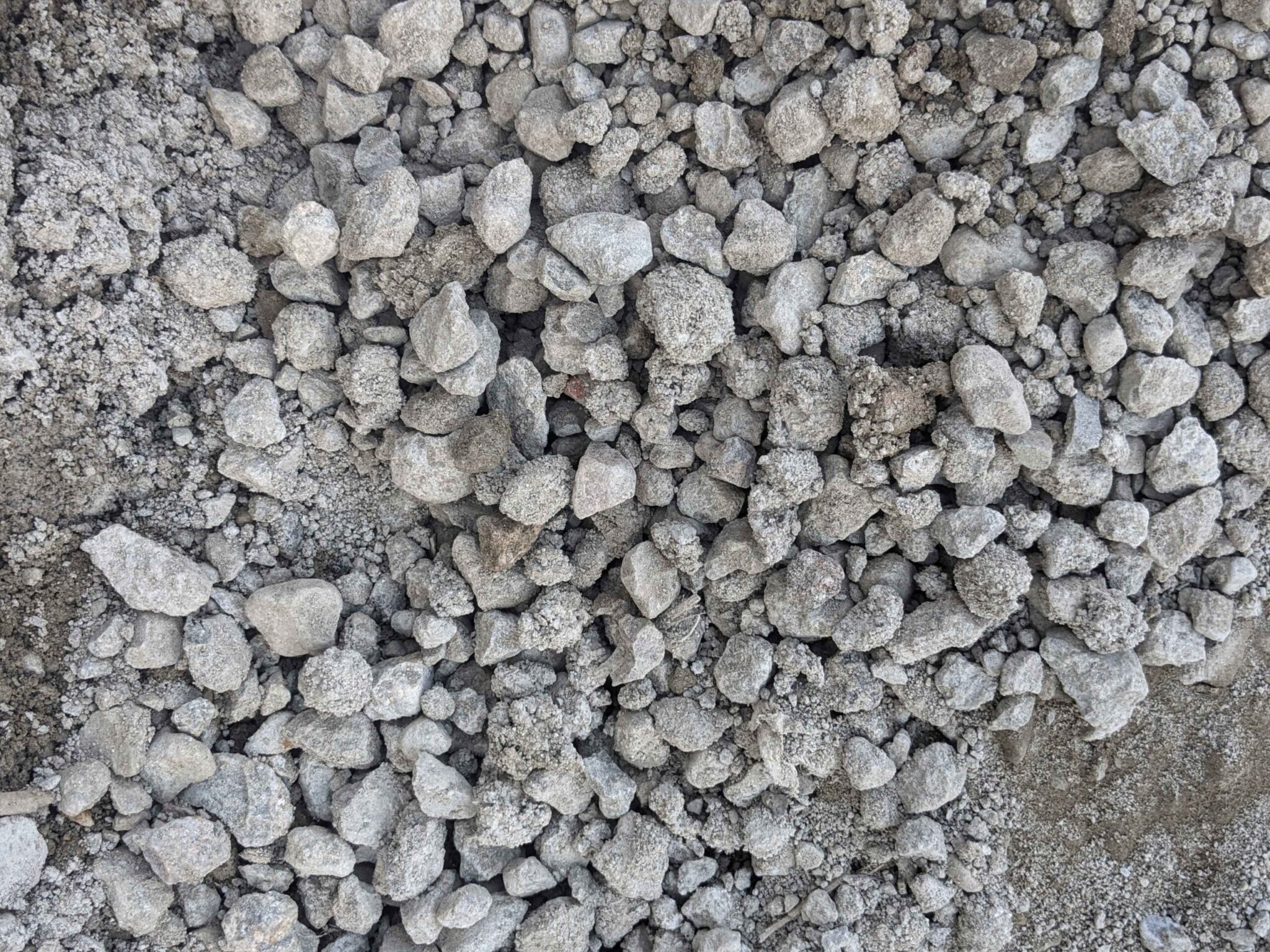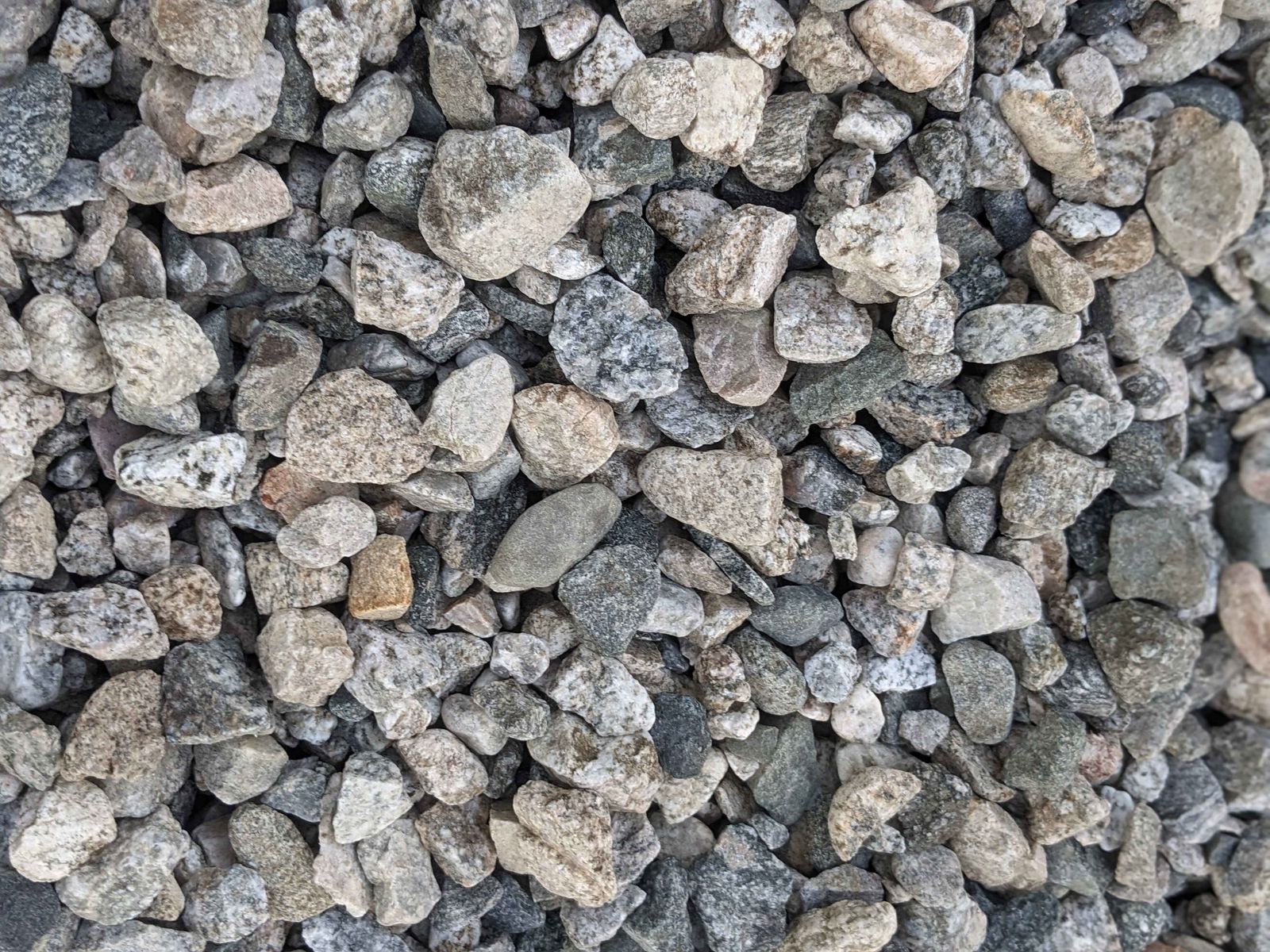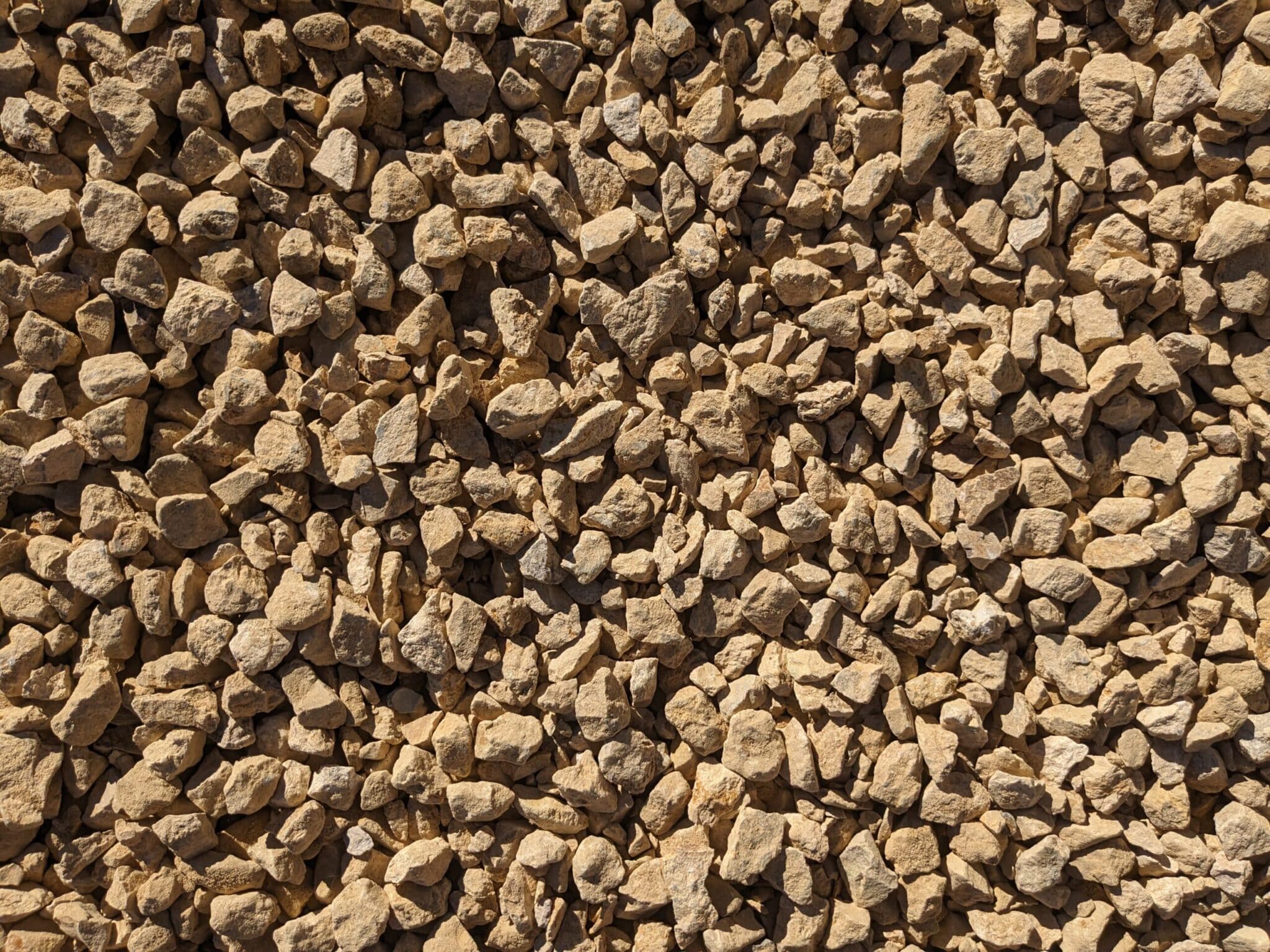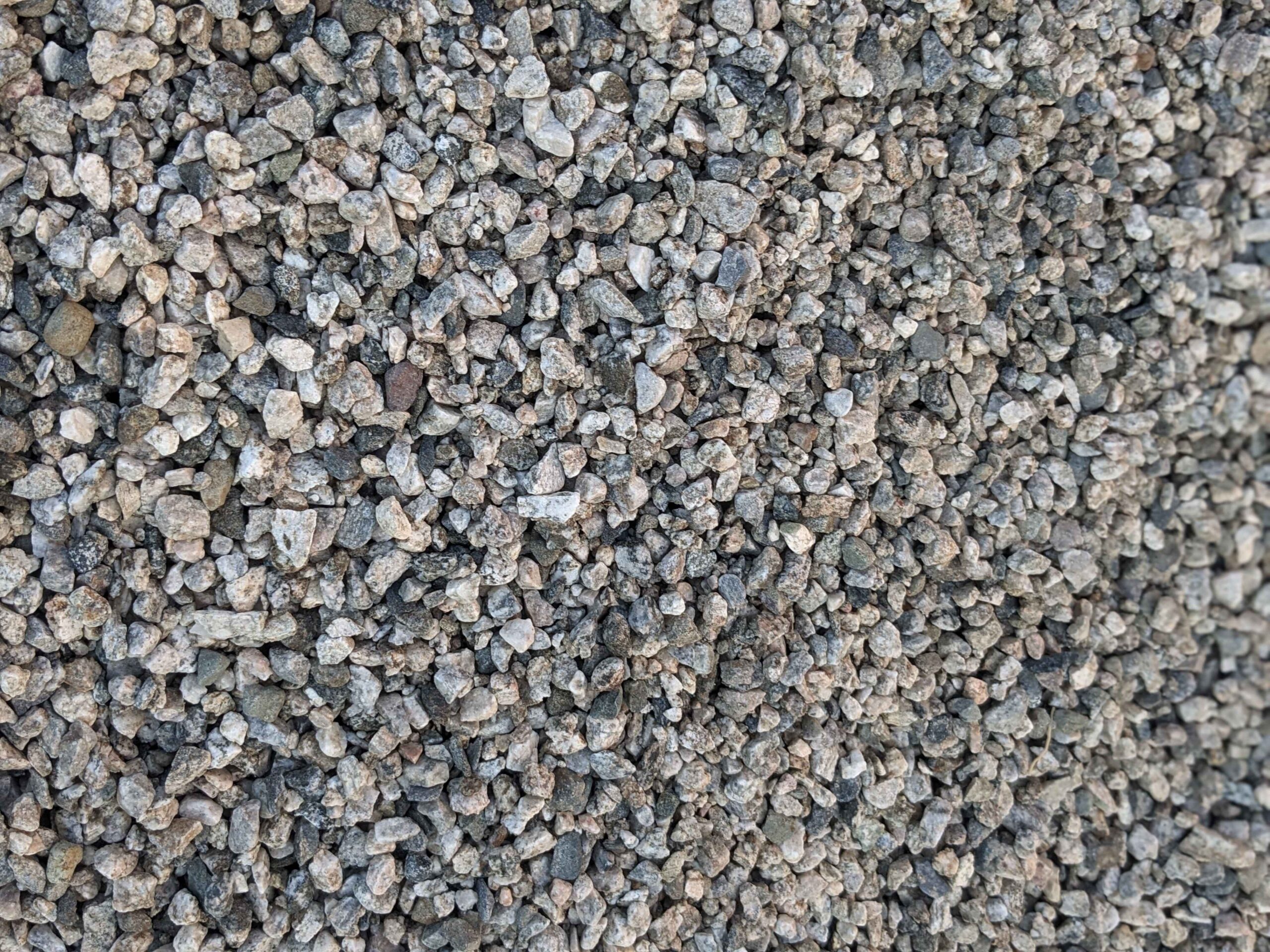Succulent gardening has gained popularity in recent years, thanks to the unique and captivating beauty of these plants. Their ability to survive in challenging conditions makes them a favorite choice for both beginner and experienced gardeners. One crucial factor that determines the success of a succulent garden is the type of soil used. Understanding the basics of succulent gardening and the importance of soil in gardening will help you create an ideal environment for these remarkable plants. Let’s explore the different types of garden soil and learn about the ideal soil conditions for succulents.
Understanding the Basics of Succulent Gardening
Succulent plants are known for their ability to store water in their leaves, stems, and roots. This adaptation allows them to survive in arid and desert-like conditions where water is scarce. Succulents come in various shapes, sizes, and colors, making them a versatile choice for indoor and outdoor gardens. Their unique needs and requirements make succulent gardening a fascinating endeavor for plant enthusiasts.
When it comes to succulent gardening, there is so much more to explore beyond their water-storing capabilities. These plants have evolved to thrive in harsh environments, developing fascinating strategies to adapt and survive. For instance, some succulents have specialized structures called “trichomes” on their leaves, which help reduce water loss through evaporation. Others have unique root systems that allow them to absorb moisture from the air or even store water in their swollen stems.
The Unique Needs of Succulent Plants
Unlike most plants that require frequent watering, succulents thrive in dry conditions. Overwatering can be detrimental to their health as it can lead to root rot. Succulents also prefer well-draining soil to prevent excessive moisture retention around their roots. This preference for dry conditions is not only a survival mechanism but also a key factor in their stunning appearance. The lack of excess water in their tissues often results in plump, fleshy leaves that give succulents their unique and captivating look.
Creating the ideal environment for succulents involves more than just providing the right amount of water. Sunlight is another crucial element in their growth and development. Most succulents require bright, indirect light to thrive. Placing them near a sunny window or providing them with filtered sunlight can help them reach their full potential. However, it’s important to note that not all succulents have the same light requirements, so it’s essential to research the specific needs of each plant in your collection.
Importance of Soil in Gardening
Soil is the foundation of any successful garden, and for succulents, it plays a vital role in their overall well-being. The right soil composition ensures proper drainage, nutrient availability, and a stable environment for root growth. Understanding the characteristics of different soil types is crucial when selecting the best soil for your succulent garden.
When it comes to succulents, sandy or gritty soil is preferred. This type of soil allows water to flow through quickly, preventing waterlogged roots. Adding materials like perlite or pumice to the soil mix can improve drainage even further. Additionally, succulents benefit from soil that is slightly acidic to neutral in pH. This pH range ensures that essential nutrients are readily available for uptake by the plants.
Another aspect to consider when it comes to soil is the importance of aeration. Succulent roots need oxygen to thrive, and compacted soil can hinder their growth. Incorporating organic matter, such as compost, into the soil can improve its structure and promote aeration. It’s also worth noting that succulents are generally not heavy feeders, so a well-draining soil with moderate nutrient content is usually sufficient for their needs.
Different Types of Garden Soil
There are several types of garden soil, each with its own unique characteristics. Sandy soil, clay soil, and silt soil are the main categories that gardeners commonly encounter.
Characteristics of Sandy Soil
Sandy soil is well-draining and loose, with larger particles that allow air circulation and water movement. It warms up quickly in spring and is easy to work with. However, its low water retention capacity makes it less suitable for succulents, as they require soil that retains some moisture.
Features of Clay Soil
Clay soil has small particles that pack tightly, resulting in poor drainage and slow water movement. It tends to become waterlogged, making it unsuitable for succulents that require well-draining soil. Amending clay soil with organic matter can improve its drainage properties.
Properties of Silt Soil
Silt soil has medium-sized particles and offers good fertility and moisture retention. It drains well but retains enough moisture to support succulent growth. Silt soil provides a balance between clay and sandy soils, making it an excellent choice for a succulent garden.
Ideal Soil Conditions for Succulents
Creating the ideal soil conditions is vital for the health and growth of succulents. The following factors should be considered when preparing your garden soil:
Drainage Requirements for Succulents
Succulents require well-draining soil to prevent waterlogged conditions that could lead to root rot. To improve drainage, you can amend your soil with pumice, perlite, or coarse sand. These additions promote air circulation and water movement throughout the soil.
Nutrient Needs of Succulents
Although succulents have lower nutrient requirements compared to other plants, they still need a balanced supply of essential nutrients. Amending your soil with a slow-release fertilizer specifically formulated for succulents can provide the necessary nutrients without causing excessive nutrient buildup.
Preparing Your Garden Soil for Succulents
Properly preparing your garden soil is crucial for the long-term health and success of your succulent garden. Follow these steps to amend your soil:
Steps to Amend Your Garden Soil
- Remove any weeds and debris from the area where you plan to plant your succulents.
- Loosen the soil with a garden fork or tiller to improve its structure and promote root penetration.
- Add organic matter, such as compost or well-rotted manure, to improve soil fertility.
- Incorporate amendments like pumice, perlite, or coarse sand to enhance drainage.
Tips for Soil Maintenance in a Succulent Garden
- Avoid overwatering your succulents. Water them only when the soil is completely dry.
- Inspect your plants regularly for signs of pests or diseases, as they can affect the overall health of your succulents and the soil.
- Mulching around your succulents can help retain moisture and regulate soil temperature.
Common Mistakes in Choosing Soil for Succulents
When it comes to choosing soil for succulents, certain mistakes can hinder their growth and overall health. Be mindful of the following:
Overlooking Soil pH Levels
Succulents thrive in a slightly acidic to neutral pH range. Ignoring the pH of your soil can impact nutrient availability and the overall health of your plants. Test your soil’s pH and make adjustments if needed.
Ignoring Soil Texture
Succulents require well-draining soil with good air circulation. Ignoring the soil texture can lead to poor root development and increase the risk of root rot. Choosing the right soil texture is crucial for their successful growth.
By understanding the basics of succulent gardening and the importance of soil, you can create an optimal environment for your succulent garden. Selecting the right type of soil, amending it to meet your succulents’ needs, and maintaining proper soil conditions will set the stage for healthy and thriving succulents that will truly captivate your garden.
Start Your Succulent Garden with Premium Soil from Bulk Aggregate Supply
Ready to create a thriving succulent garden with the perfect soil conditions? Look no further than Bulk Aggregate Supply, your nationwide provider of top-quality aggregates. With our white glove service, you can effortlessly order the ideal soil mix for your succulents directly through our website. We deliver everything from fine sand to coarse gravel, ensuring your succulents have the well-draining, nutrient-rich environment they need. Experience our exceptional customer service and seamless online ordering process. Check out our products today and let us supply and deliver the highest quality aggregates right to your doorstep, for projects big and small.


